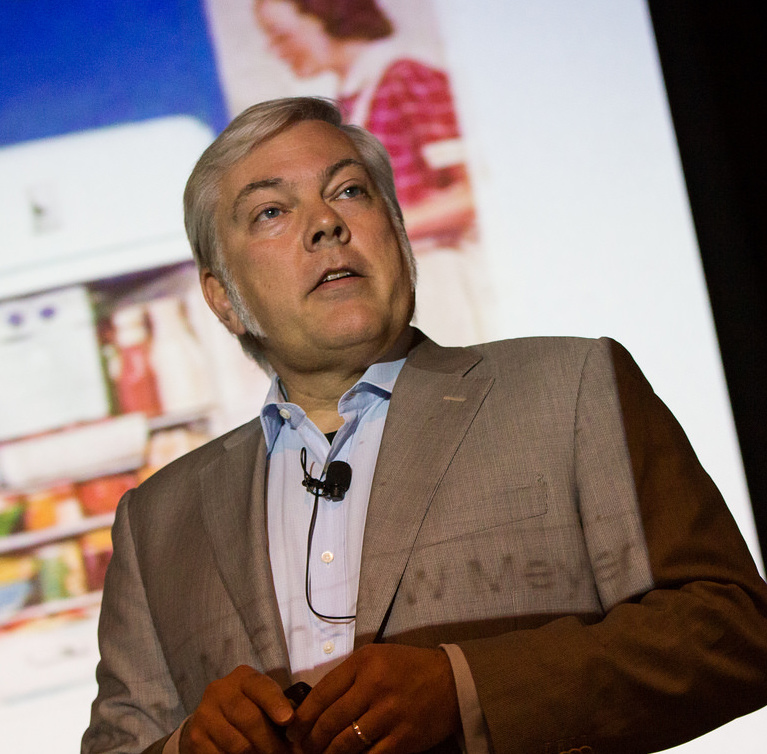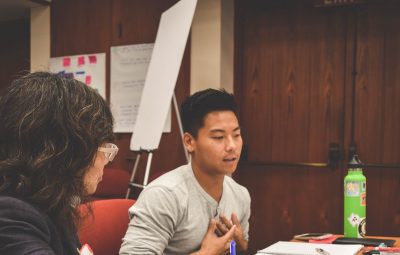By Michael Meyer
A few months ago, Naval Air Force Cmdr. Jeremy Vellon participated in a design-thinking workshop I led with Joshua Welle, a technology entrepreneur, public policy expert and Commander in the Navy Reserves, and Micah Murphy, a federal executive fellow at the Center for Strategic and International Studies (CSIS) at the U.S. Naval Institute’s “West 2017” conference.
A few months after my talk, I received notice from Cmdr. Vellon that the aircraft carrier USS Theodore Roosevelt was going to hold the first-ever Navy “Bridge Talks” event, the first of a series of open ideation events, to kick off U.S. Pacific Fleet’s new innovation program called “The Bridge.” The Bridge is a program designed to give all sailors, regardless of rank or experience, an opportunity to share their thoughts and ideas for improving the Navy in a non-judgmental environment.
Over the years, the U.S. Navy and other branches of the U.S. armed forces have had a number of issues arise from the need to maintain superiority among the ranks of its members. However, according to Rear Adm. Jay Bynum, there is now an existential urgency for the Navy to accelerate learning, innovate and “create a culture where we hear from the people closest to the problem.” The rear admiral, who is considered to hold one of the highest-ranking positions in the Navy, acknowledges that all sailors are poised to help solve Navy problems. This is design-thinking.
I was thrilled that Cmdr. Vellon chose to kick off “The Bridge” ideation series with a session entitled, “Why Empathy? An Introduction to Design Thinking.” Congratulations to the sailors of USS Theodore Roosevelt for conducting this and to Cmdr. Vellon for leading them through it. It is tremendously satisfying to see design-thinking ideas spreading through the Navy, as helpful tools in service to our nation.
Focusing on the vital first step in the process, Cmdr. Vellon framed up how design thinking can integrate with the (at first thought incompatible) Navy Planning Process. The ensuing discussion drew inspiration from a diverse and wide array of sources from the Navy’s own revisions of the traditional enlisted rankings (involving job titles like Boatswain’s Mate) to the works of celebrated poet and civil-rights activist Maya Angelou.
According to recent Navy news release Cmdr. Vellon said, “I’m thrilled with the sailors’ reactions to the event. I hope sailors feel more comfortable engaging across ranks, across ships and across commands. I have a feeling the innovators aboard the USS Theodore Roosevelt will continue to grow with this program.”
For more news from USS Theodore Roosevelt (CVN 71), visit Naval Air Force, U.S. Pacific Fleet/







